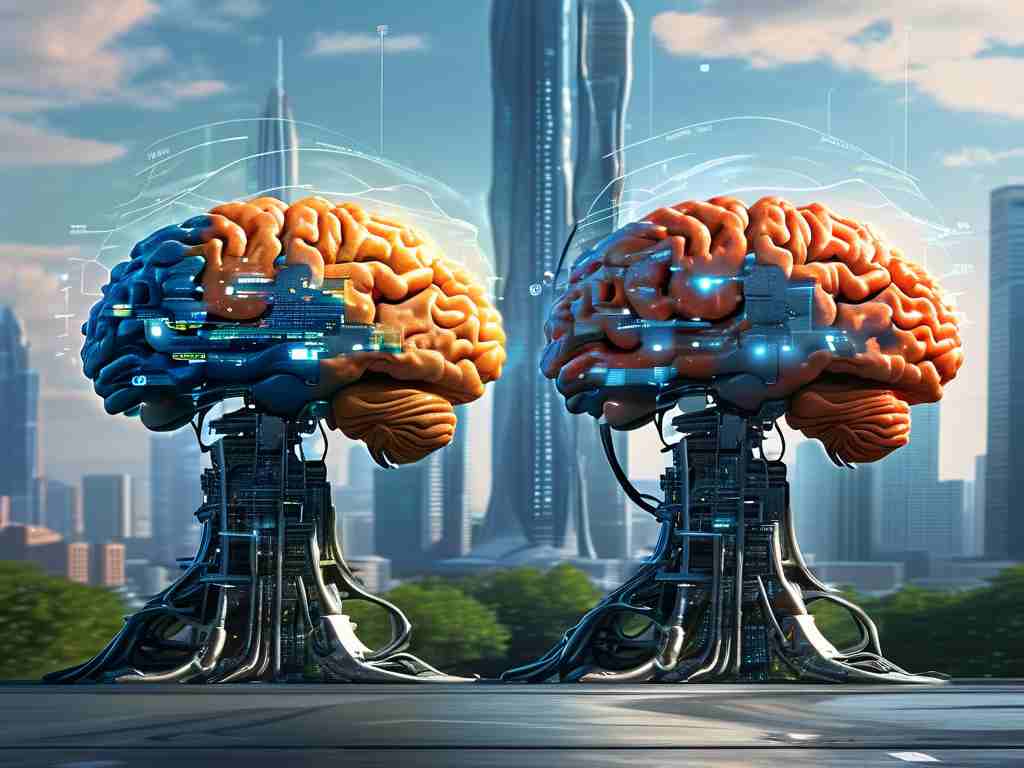In the rapidly evolving landscape of artificial intelligence, neural networks have emerged as a cornerstone for solving complex problems. Among these, the Neural Network NS (Neuro-Symbolic Integration) framework stands out as a groundbreaking approach that merges the strengths of neural networks with symbolic reasoning. This hybrid model addresses long-standing limitations in pure connectionist systems, such as interpretability and logical inference, while retaining the adaptability of deep learning.
The Architecture of Neural Network NS
At its core, Neural Network NS combines convolutional or recurrent neural networks with symbolic engines capable of rule-based logic. For instance, in natural language processing tasks, a neural component might parse syntax and semantics, while a symbolic layer applies grammatical rules or domain-specific knowledge. This duality enables the system to handle ambiguous inputs—like colloquial speech—by cross-referencing learned patterns with predefined axioms. A practical implementation might involve PyTorch or TensorFlow for the neural layers, paired with Prolog-based logic solvers for symbolic operations.

Applications Across Industries
One compelling use case is healthcare diagnostics. Traditional neural networks excel at identifying anomalies in medical imaging but struggle to explain their reasoning. Neural Network NS, however, can generate human-readable reports by linking detected patterns (e.g., tumor shapes) to clinical guidelines. In finance, this framework powers fraud detection systems that not only flag suspicious transactions but also trace them to regulatory violation categories.
Another frontier is autonomous robotics. While conventional AI models enable robots to navigate environments, Neuro-Symbolic systems allow them to understand high-level commands like “prioritize energy efficiency” by translating abstract goals into actionable sub-tasks. For example, a warehouse robot might dynamically reroute itself based on battery levels and item urgency—a decision chain that blends sensor data with operational policies.
Challenges and Ethical Considerations
Despite its promise, Neural Network NS faces hurdles. Training such systems requires curated datasets annotated with both raw data and symbolic labels, which are labor-intensive to produce. Additionally, reconciling conflicts between neural outputs and symbolic rules—such as a model suggesting a medically valid but ethically contentious treatment—remains an open question. Researchers are exploring meta-learning techniques to let systems self-adjust symbolic thresholds based on context.

The Road Ahead
Advances in quantum computing and neuromorphic hardware could accelerate Neuro-Symbolic integration. Early experiments show that quantum annealers efficiently solve optimization problems inherent in symbolic reasoning, while spiking neural networks mimic biological learning processes. As these technologies mature, Neural Network NS may unlock AI systems that reason, learn, and adapt with near-human versatility—ushering in an era where machines don’t just compute but truly understand.
In , Neural Network NS represents a paradigm shift in AI development, blending the best of data-driven and logic-based approaches. By tackling real-world problems with unprecedented precision and transparency, it positions itself as a critical tool for building trustworthy, next-generation intelligent systems.









